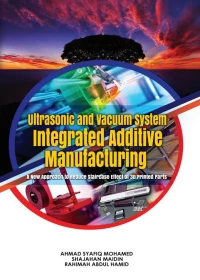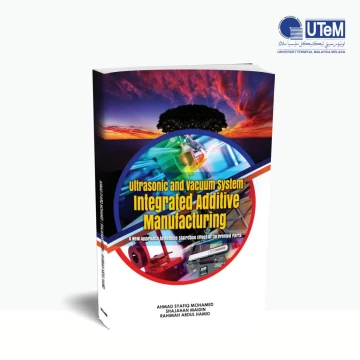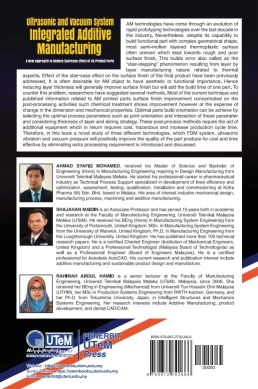Description
AM technologies have come through an evolution of rapid prototyping technologies over the last decade in the industry. Nevertheless, despite its capability to build functional part with complex geometrical shape, most semi-molten layered thermoplastic surface often uneven which lead towards rough and poor surface finish. This builds error also called as the “stair-stepping” phenomenon resulting from layer by layer manufacturing nature related to thermal aspects. Effect of the stair-case effect on the surface finish of the final product have been previously addressed. It is often desirable for AM object to have aesthetic or functional importance. Hence reducing layer thickness will generally improve surface finish but will add the build time of one part. To counter this problem, researchers have suggested several methods. Most of the current technique and published information related to AM printed parts surface finish improvement concentrated on the post processing activities such chemical treatment shows improvement however at the expense of change in the dimension and mechanical properties. Optimal parts build orientation can achieve by selecting the optimal process parameters such as print orientation and interaction of these parameter and considering thickness of layer and slicing strategy. These post-process methods require the aid of additional equipment which in return requires cost, hazardous and increase production cycle time. Therefore, in this book a novel study of three different technologies, which FDM system, ultrasonic vibration and vacuum pressure will positively improve the quality of the part produce for cost and time effective by eliminating extra processing requirement is introduced and discussed.







